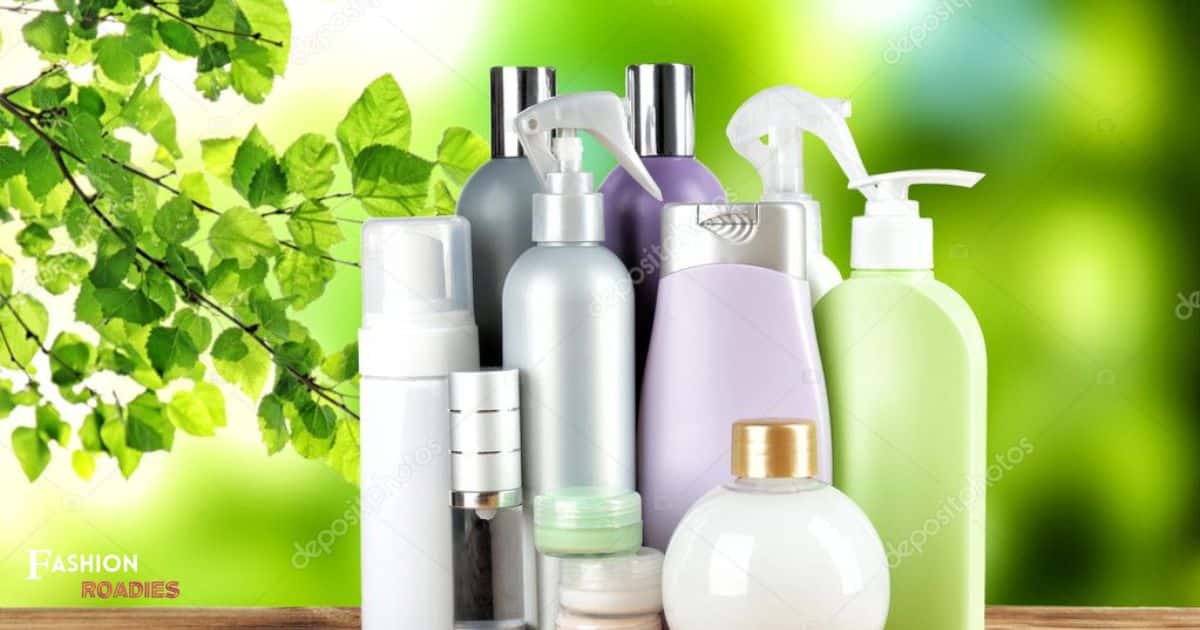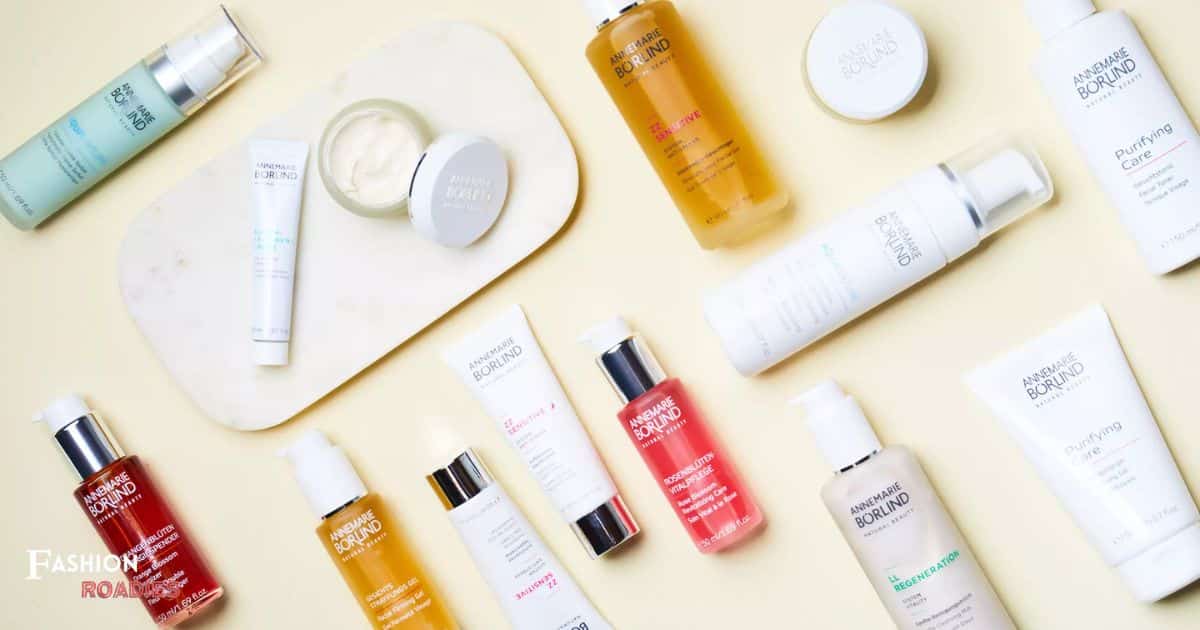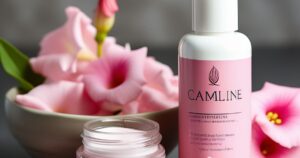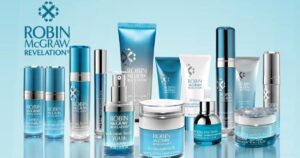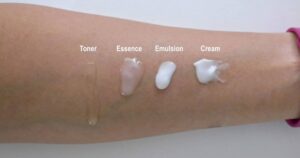Did you know that the global skincare market is projected to reach a value of $189.3 billion by 2025? With such a significant market demand, it is crucial for skincare product manufacturers to understand how to properly label their products. In this article, we will explore the legal requirements, essential information, and best practices for labeling skincare products. By following these guidelines, you can ensure that your products meet industry standards and provide consumers with the necessary information they need for safe and effective use.
Key Takeaways
- Legal requirements and compliance: Include all necessary information such as ingredients, usage instructions, potential side effects, manufacturer’s name and address, and net quantity of the product. Ensure compliance with industry regulations and provide specific warnings or precautions.
- Product name and identity: Choose a name that accurately reflects the purpose or benefits of the product. Ensure the name is unique and not misleading. Create a visually appealing logo or design to help consumers easily identify and differentiate among products, contributing to trust and loyalty among customers.
- Ingredient information and transparency: Use clear, concise, and precise language to provide comprehensive and transparent information about the ingredients. This will help consumers make informed choices based on their preferences and needs, fostering transparency and consumer safety, and building trust and belonging with the target audience.
- Net quantity of contents: Provide accurate and compliant information by clearly stating the net quantity on the label, expressing it in both metric and customary units. This ensures transparency and consumer trust while adhering to regulatory guidelines.
Legal Requirements
The legal requirements for labeling skin care products must be carefully adhered to in order to ensure compliance with industry regulations. These regulations are put in place to protect consumers and provide them with accurate information about the products they are purchasing. When labeling skin care products, it is essential to include certain information such as the product’s ingredients, usage instructions, and potential side effects.
The label must also clearly state the name and address of the manufacturer or distributor, the net quantity of the product, and any specific warnings or precautions. By following these legal requirements, skin care companies can demonstrate their commitment to transparency and consumer safety, fostering a sense of trust and belonging among their target audience.
Product Name and Identity
Continuing the discussion on legal requirements, it is crucial for skin care products to have a clear and distinct product name and identity. This is essential for consumers to easily identify and differentiate among various products in the market. When it comes to naming and branding your skin care products, consider the following:
- Choose a name that reflects the purpose or benefits of the product, making it easier for consumers to understand its intended use.
- Ensure that the name is unique and not misleading, avoiding any claims that cannot be substantiated.
- Create a visually appealing logo or design to accompany the product name, enhancing its overall identity.
Having a strong product name and identity not only helps build trust and loyalty among customers but also contributes to the overall success of your brand. Now, let’s delve into the next important aspect of labeling: the ingredient list.
Ingredient List
Moving on to the next crucial aspect of labeling skin care products, we need to address the ingredient list. The ingredient list is a vital component of any skin care product label, as it provides essential information to consumers who are conscious of the products they use on their skin. It allows them to make informed choices based on their individual preferences and needs.
When creating an ingredient list, it is important to use language that is clear, concise, and precise. This ensures that consumers can easily understand what ingredients are present in the product and make informed decisions about its suitability for their skin. By providing a comprehensive and transparent ingredient list, skin care product manufacturers can foster a sense of trust and belonging with their target audience.
Net Quantity of Contents
When it comes to labeling skin care products, one of the key aspects to consider is the net quantity of contents. The net quantity of contents refers to the amount of product contained in the package, and it is important to provide accurate and compliant information on the label. Manufacturers must ensure that the net quantity is clearly stated and meets the regulatory requirements to ensure transparency and consumer trust.
Required Label Information
The required label information for skin care products includes the net quantity of contents. This information is crucial for consumers to determine the amount of product they are purchasing. When it comes to labeling the net quantity of contents, manufacturers must adhere to certain guidelines to ensure accuracy and compliance. To emphasize the importance of this information, consider the following:
- The net quantity of contents should be displayed prominently on the label, making it easily visible to consumers.
- It should be expressed in both metric and customary units to cater to a diverse customer base.
- The net quantity should be stated accurately, providing the exact amount of product in the container.
Accuracy and Compliance
Continuing the discussion on required label information for skin care products, it is essential to address the topic of accuracy and compliance in relation to the net quantity of contents. Ensuring that the stated quantity on the label is accurate is crucial for consumer trust and regulatory compliance. To achieve this, manufacturers must adhere to strict guidelines set by regulatory bodies, such as the FDA.
These guidelines outline the acceptable tolerances for net quantity declarations, ensuring that consumers receive the advertised amount of product. To provide transparency, manufacturers often include a statement on the label indicating the net weight or volume of the product. This information is typically displayed in a table format, providing clarity and making it easier for consumers to compare and make informed decisions.
| Product Name | Net Weight (oz) | Net Volume (ml) |
|---|---|---|
| Moisturizer | 1.7 | 50 |
| Cleanser | 4 | 120 |
| Serum | 1 | 30 |
Directions for Use
To ensure proper usage, provide clear and concise instructions for applying and using the skin care product. Directions for use are crucial in helping consumers achieve the desired results and maximize the benefits of the product. When providing directions, keep in mind that your audience desires a sense of belonging and wants to feel confident in their ability to follow the instructions correctly. To achieve this, consider the following:
- Outline the necessary steps in a logical order, making it easy for users to follow.
- Use simple and straightforward language, avoiding jargon or technical terms.
- Include any precautions or warnings to ensure safe and effective use.
Claims and Benefits
The product’s claims and benefits should be clearly stated on the label. This is important for consumers to understand what the product can do for them and to make an informed decision about whether it meets their needs. When labeling skin care products, it is crucial to use language that is both accurate and appealing to the audience that desires belonging.
The claims and benefits should be stated in a concise and precise manner, avoiding any fluff or exaggerated statements. This will help build trust with the consumers and ensure that they feel confident in their purchase. Additionally, it is important to back up these claims with scientific evidence or testimonials to further validate the product’s effectiveness.
Warnings and Precautions
When it comes to labeling skin care products, it is crucial to include clear warnings and precautions to ensure consumer safety. Two important points to consider are conducting an allergy risk assessment and providing safe storage guidelines. By assessing potential allergic reactions and offering proper storage instructions, manufacturers can help consumers make informed decisions and prevent any adverse effects or accidents.
Allergy Risk Assessment
An allergy risk assessment should be conducted to determine potential warnings and precautions for skin care products. This assessment helps identify ingredients that may cause allergic reactions in individuals with sensitivities or allergies. It is essential for the manufacturer to provide clear labeling on the product to inform consumers about potential risks and necessary precautions to take. Here are some key points to consider during an allergy risk assessment:
- Identify common allergens present in the product, such as fragrances, preservatives, or certain plant extracts.
- Evaluate the concentration of these allergens and their potential to cause allergic reactions.
- Conduct patch testing on a sample group of individuals to assess the product’s sensitivity.
Safe Storage Guidelines
Safe storage of skin care products is crucial for maintaining their efficacy and ensuring consumer safety. By following proper storage guidelines, you can prolong the shelf life of your products and prevent any potential harm. To begin with, it is important to store skin care products in a cool, dry place away from direct sunlight. Exposure to heat and sunlight can degrade the ingredients and reduce their effectiveness. Keep products tightly sealed to prevent contamination and maintain their integrity.
It is advisable to store products in their original packaging to ensure clear identification and proper usage instructions. Furthermore, always keep skin care products out of reach of children and pets to avoid accidental ingestion or misuse. By adhering to these safe storage guidelines, you can enjoy the benefits of your skin care products while promoting a sense of belonging to a community that values consumer safety and well-being.
FAQ’s
Can I Use This Product if I Have Sensitive Skin?
Yes, it is important to consider if a product is suitable for sensitive skin. Look for labeling that indicates the product is specifically formulated for sensitive skin or has undergone dermatological testing to ensure its compatibility.
Is This Product Tested on Animals?
Yes, it is important for consumers to know if a skin care product has been tested on animals. Our company is committed to providing cruelty-free options, and we ensure that our products are never tested on animals.
Are There Any Potential Side Effects or Allergic Reactions That I Should Be Aware Of?
It is important for consumers to be aware of potential side effects or allergic reactions when using skin care products. Proper labeling should include a clear list of ingredients and any warnings or precautions to ensure consumer safety.
Can I Use This Product if I Am Pregnant or Nursing?
If you are pregnant or nursing, it is essential to consult with your healthcare provider before using any skin care product. They can assess the ingredients and advise you on their safety during this time.
Are There Any Specific Storage Instructions for This Product?
There are specific storage instructions for this product, which must be followed to ensure its efficacy and safety. Proper storage conditions, such as temperature and humidity levels, are outlined on the product label or packaging.
Conclusion
In conclusion, properly labeling skin care products is essential to comply with legal requirements and provide important information to consumers. It is crucial to include the product name, ingredient list, net quantity of contents, directions for use, claims and benefits, as well as any warnings and precautions. By ensuring accurate labeling, consumers can make informed choices about the skin care products they use, promoting safety and effectiveness in their skincare routines.
